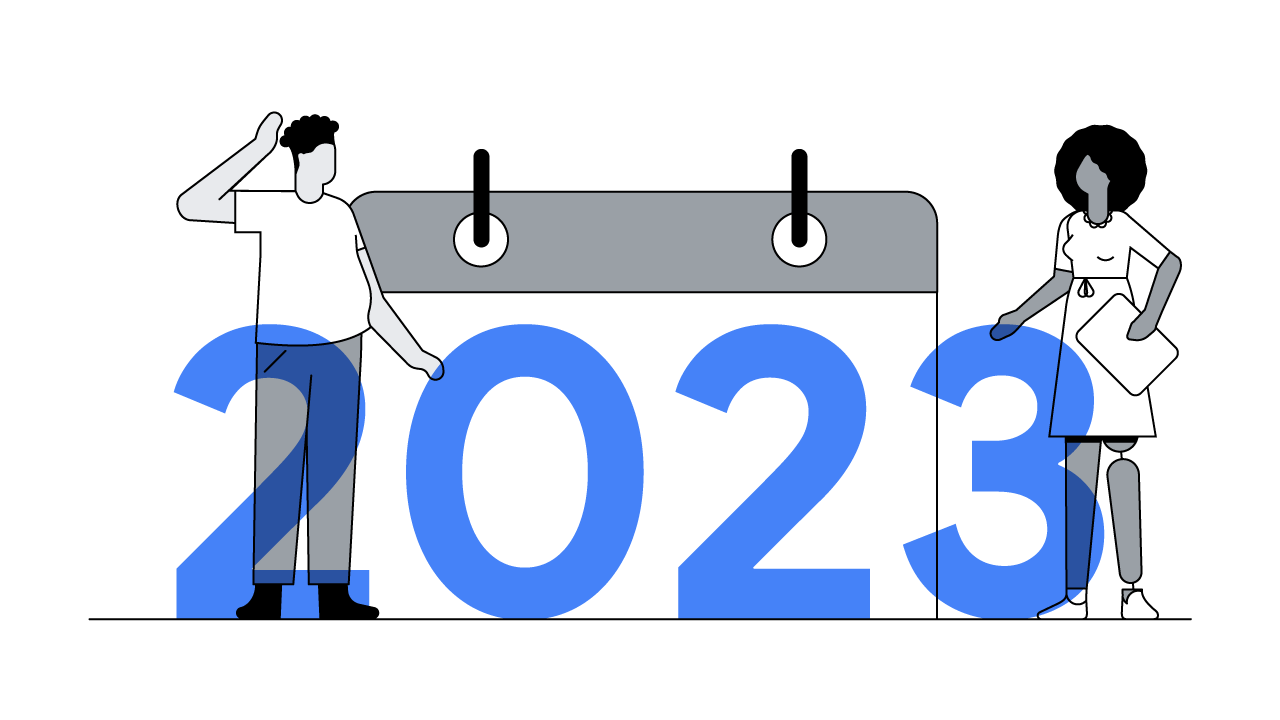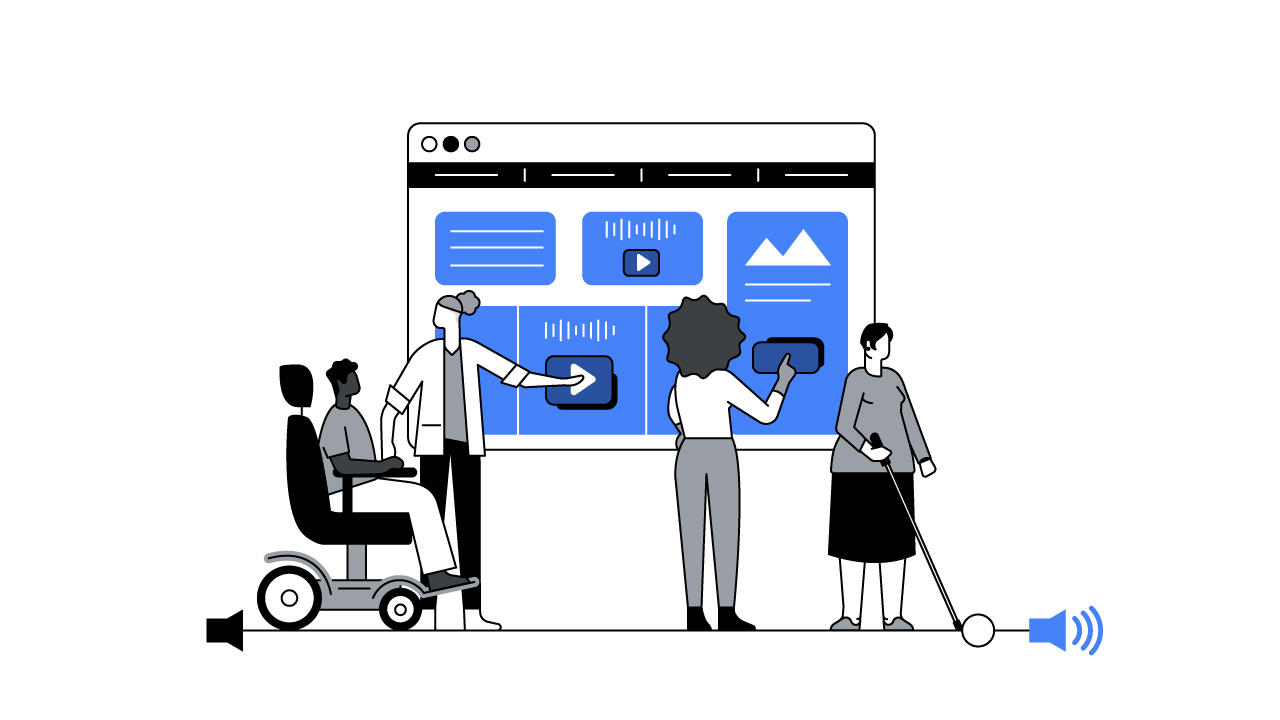Jodi Robinson, CEO of Digitas North America, writes that marketers and agencies need to take humanity into account when creating services and messages.
The COVID-19 pandemic and recent protests over centuries-long racial injustices promise to forever change our collective consciousness and the way we interact with each other. The advertising industry will also never be the same. And that’s a very good thing.
We now need to ask: What did a campaign do for people, for humanity?
Sure, we’ll continue to track business metrics for the campaigns and experiences we create. But another set of metrics is just as important: human metrics. In addition to what a campaign did for the bottom line, we now need to ask: What did it do for people, for humanity?
It will have to be something more than a temporary reaction to the latest news cycle. And our actions will have to match our messaging.
For years, companies have leaned on “cause marketing,” or corporate social responsibility (CSR), as a way to burnish their images. But having an organisationally separate group tasked with social-oriented giving and messaging (or none at all) won’t cut it anymore. Companies need to evolve to integrate their CSR people and efforts into the core of their marketing and service design. The 2019 Edelman Trust Barometer global study found that 53% of consumers agree that every brand has a responsibility to get involved in at least one social issue that does not directly impact its business. But 56% say that too many brands are using societal issues as a marketing ploy. And this was before 2020 happened.
When the coronavirus outbreak started to ravage business performance around the world, strong leaders evolved their business models to address human safety and security. Contactless service, virtual consultation, and remote delivery have become business imperatives. You’ve heard a lot about the “new normal,” but, even in a post-COVID-19 world, the fear and likelihood of future outbreaks will remain. Addressing individual health and safety will be a mainstay in the marketing of any company that wants to thrive.
The next question is: Do all leaders understand that a more inclusive and equitable future is also a new business imperative?
People not only crave but demand human responses from brands.
We’ve found — and data confirms — that a consumer’s brand preference is reinforced by a brand’s social awareness and how well it fairly represents and promotes both social issues and the people who need support. A survey conducted by Edelman earlier this month reveals that 60% of U.S. consumers will be influenced to buy from or boycott a brand based on how that brand responds to racial inequality over the coming weeks. People not only crave but demand human responses from brands.
This is where business metrics will intersect with human metrics. But, of course, it’s challenging to measure human metrics. With business metrics, we traditionally look at sales revenue, click-through rate, and sales conversion. Human metrics are harder to define and measure.
So what should these human metrics take into account?
Inclusivity
Do people see our company and our products/services as inclusive and reflective of their own lives and needs? Does our marketing reflect the reality of the world?
Experience
How do actual customers and prospects experience and rate what it is like to do business with us across the full customer journey? Does this experience match what our marketing promises?
Authenticity
Authenticity, and broader change, comes from sustained commitment. Is our company maintaining the same level of transparency regarding the social actions we initially promised, and are we remaining true to our core values? Is our company, over time, improving in this perception metric as a result of our social actions?
The headlines will shift to the next crisis, but we as advertisers — and as humans — must hold ourselves accountable for the long haul. Ensuring human metrics are just as important as business metrics will help brands resist the urge to simply make a statement in the moment without also making a long-term commitment to equity and inclusivity.






